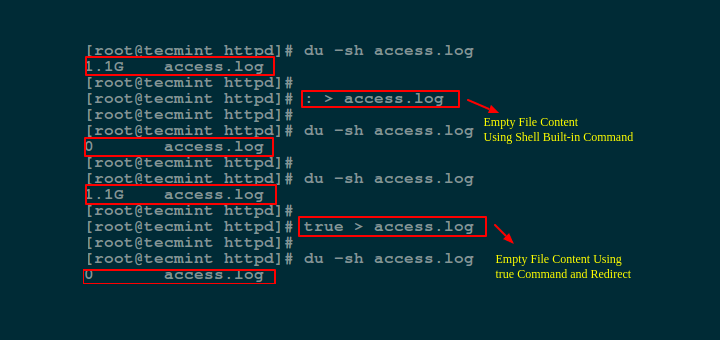

Grep is the generalized regular expression parser. This command displays last 25 lines of the filename. This command displays last 10 lines of the filename. Tail will display the last lines in the listed files, by default it displays last 10 lines of the file. This command displays first 25 lines of the filename.

This command displays first 10 lines of the filename Head will display the first lines in the listed files, by default it displays first 10 lines of the file. Less is a command similar to more, but which allows backward movement in the file as well as forward movement. This command can be used to view two lines at a time(you can change this to other numbers too). Use space button to scroll down, and press “q” to stop viewing the contents. More is a command to view (but not modify) the contents of a text file one screen at a time. For each file system, it shows the total amount of disk space, the amount used, the amount available, and the total capacity of the file system that’s used.Ībove command gives total amount of disk space, the amount used, the amount available, and the total capacity of the file system that’s used for dirname.

“+”=Add permission, “-”=remove permission, “=“=assign permissionĪbove command adds the read permission to all the users.Ībove command removes the write permission from other users.ĭu ( disk usage) will count the amount of disk space for a given directory, and all its subdirectories take up on the disk.Ībove command gives disk space for dirname, and all its subdirectories in the human readable format.ĭf ( disk filling) summarizes the amount of disk space in use. If the filename1 and filename2 are pointing to the same directory then it renames the file filename1 to filename2.Ĭhmod ( change mode) is used to change the permissions on a file.įor owner: read, write and execute permissions (4+2+1)įor group: read and execute permissions (4+0+1) Mv command moves the file from filename1 to filename2. f option is used to remove the file forcefully. To copy directory from one location to another. If the directory is not empty the below command can be used to delete the directory recursivelyĬp is used to copy contents of file1 to file2Ĭontents of file1 is copied to file2 in the same directoryĬontents of file1 is copied to file1 in the inside of folder2 directory Rmdir (remove directory) is used to remove a directory,ĭeletes the empty directory Dirname can be used only when the directory is empty. To create the directory Dirname with the given permission It can take more than one parameter, interpreting each parameter as another directory to create. Mkdir ( ma ke directory) is used to create a new directory, To change the directory to “/user/path 02/dir” use this command To change the current directory to other directory with only small difference in one of the intermediate directory nameĮx: If the current directory is “/user/path 01/dir” Pwd (present working directory) tells you your current directory.Ĭhange the current directory to new-directoryĬhange the current directory to users home directory.Ĭhange the current directory to username’s home directory.įor changing directory to previous working directoryĬhange working directory to parent directory.

#Check for zero byte file in unix password#
When you type this command it will ask you for the old password and the new password. Passwd command is used to change the password associated with our individual account name. Enter the text, it will append the content to the end of the filename, once all the text is entered press cntrl + d, which saves the file content. Enter the text, once all the text is entered press cntrl + d, which saves the file content. filename1 content is appended to the end of filename2.


 0 kommentar(er)
0 kommentar(er)
